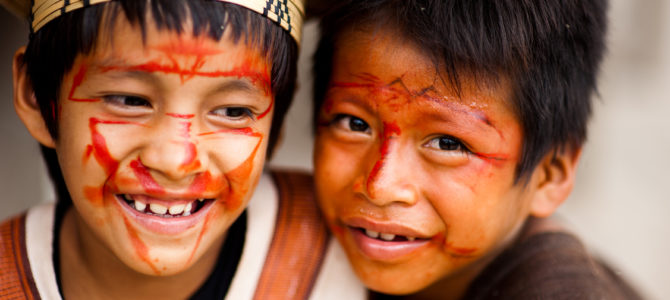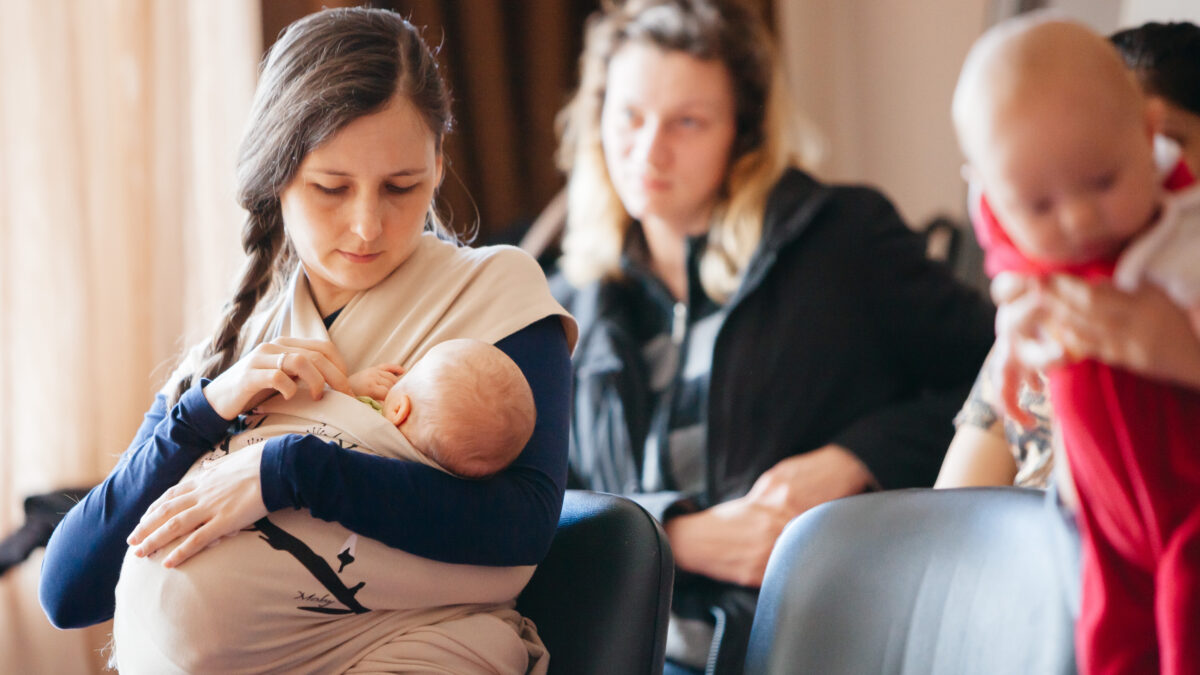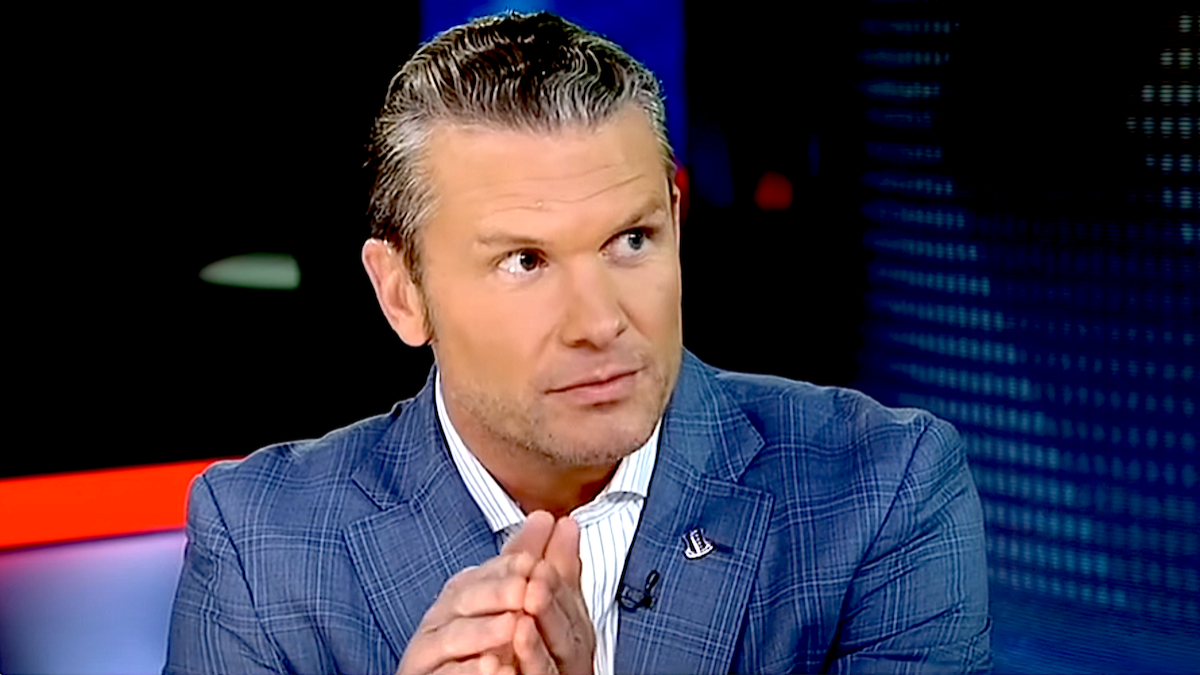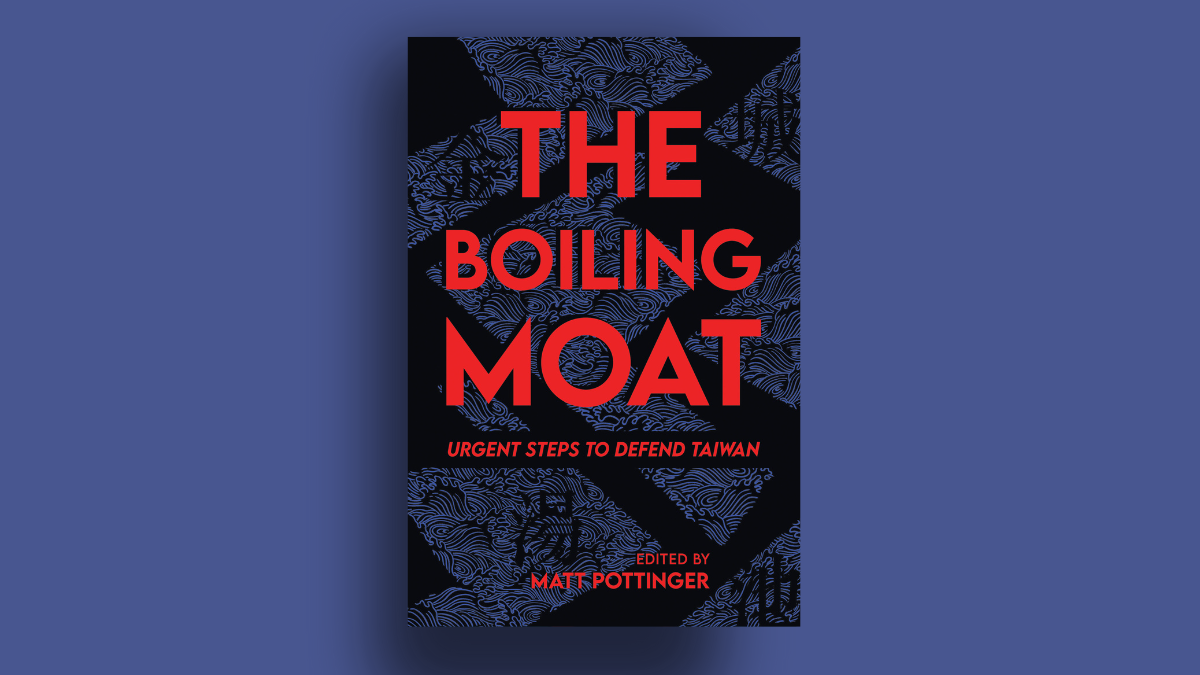
A post at Get Religion caught my eye yesterday with the title, “Should Amazon tribes be allowed to kill their young? Foreign Policy editors aren’t sure.” It linked to a story in Foreign Policy magazine from April 9 about a handful of indigenous tribes in Brazil that engage in the ritual killing of infants and children—namely, those with a disability, twins, and the children of single mothers, all of whom are considered to be a bad omen—and the legal efforts underway to end the practice.
One would think that the answer to the question posed by the subtitle to the Foreign Policy article—“Should Brazil keep its Amazon tribes from taking the lives of their children?”—would be a resounding, “Yes.” Surely no one would argue these tribes have a right to kill unwanted children. Surely even the most committed multiculturalist would not condone such barbarity. Right?
But to assume that would be to underestimate the force of cultural relativism on the Left. If our friends on the Left encountered, in the present day and in real life, the ritual human sacrifices of the Aztecs or the fires of the Canaanite god Moloch, more than a few would insist that we not pass judgement on these indigenous cultural practices, and would probably denounce those who tried to do so as racists and imperialists.
I say this with some confidence because it’s more or less what the Brazilian anthropologists and government bureaucrats quoted in the Foreign Policy story said about the indigenous tribes in question. At issue is a law under consideration in Brazil that would outlaw ritual infanticide and child killings by native groups, known as “Muwaji’s Law,” named after an indigenous woman who rejected her tribe’s expectation that she kill her disabled daughter in 2005.
The Brazilian Association of Anthropology staunchly opposes Muwaji’s Law, and compared it to “the most repressive and lethal actions ever perpetrated against the indigenous peoples of the Americas, which were unfailingly justified through appeals to noble causes, humanitarian values and universal principles.” The association also called the law an attempt to put indigenous peoples “in the permanent condition of defendants before a tribunal tasked with determining their degree of savagery.”
That sentiment is shared by Brazil’s National Indian Foundation, known as Funai, which refuses to collect data on child-killing among indigenous tribes, resists even acknowledging its existence in public, and said in a 2016 press release that raising the issue at all “is in many cases an attempt to incriminate and express prejudice against indigenous peoples.”
Preserving Barbarism Is Worth The Lives of Children?
These are thinly-veiled references to advocates of the law like Márcia and Edson Suzuki, a pair of evangelical missionaries who in 2006 founded an organization called Atini that works to defend the rights of indigenous children. The foundation’s advocacy helped get Muwaji’s Law through the lower house of Brazil’s National Congress in 2015, and it’s now under consideration by the Federal Senate.
The Suzukis are a fascinating couple with an amazing story. They spent decades living among remote indigenous peoples of Brazil, especially with a group called the Suruwaha, which only made contact with the outside world in the 1970s.
The Suruwaha believe children born with physical defects have no souls, and that twins and triplets are cursed. Most such children are buried alive, according to the tribe’s custom. In 1995, the Suzukis were living among the Suruwaha when tribal leaders decided that a two-year-old girl named Hakani, who still could not walk or talk, should be killed, and ordered her parents to do it.
The harrowing story of what ensued was recounted in a 2007 report in The Telegraph:
They committed suicide—eating a poison root—rather than obey the order. Hakani’s 15-year-old brother was then told he had to kill her. He dug a hole to bury her next to the village hut, which is where the tribe usually buries animals, and hit her over the head with a machete to knock her out.
However, she woke up as she was being placed in the hole and the boy found he could not go through with the killing. Hakani’s grandfather then shot her with an arrow. He was so upset he tried to commit suicide, too.
But Hakani survived, although her wound became infected and she was left to live like an animal in the forest for three years.
At the age of five she was very undersized, still unable to walk and abused by other Indians. She survived only because a brother smuggled food to her.
The Suzukis eventually got Hakani the medical care she needed—she was diagnosed with a treatable condition, hypothyroidism—and nursed her back to health. They tried to bring her back to the tribe, “to show them she was not cursed,” Márcia Suzuki said. “But nobody wanted her.” So the Suzukis adopted Hakani as their own.
Instead of bringing attention to the plight of disabled and unwanted indigenous children, the Hakani affair prompted the public prosecutor’s office in the state of Amazonia to recommend in 2003 that all nonindigenous people be banned from lands occupied by the Suruwaha. According to Foreign Policy, state officials relied on the judgement of anthropologist Marcos Farias de Almeida, who
charged the Suzukis with advocating for Western values to the detriment of those held by the Suruwaha. By removing Hakani, the Suzukis ‘stood in the way of the realization of a cultural practice filled with meaning,’ Almeida wrote. Bringing her back once she was healthy resulted in a ‘big mistake.’ That was the ‘introduction in the Suruwaha’s symbolic universe of a possible resolution to a problem, in their lives, by means other than those under their control by traditional practices.’ In other words, according to Almeida’s report, the Suzukis had done irreparable damage to the Suruwaha way of life by showing that certain physical disabilities didn’t necessitate killing.
Imagine how warped your sense of morality and humanity have to be to conclude that people should preserve the practice of ritually slaughtering disabled children.
It’s Not Just Brazil
Yet Brazil isn’t alone in this regard. In March of 2016,The New York Times reportedon a case of ritual infanticide on South Andaman Island in the Bay of Bengal. The island belongs to India but is home to the Jarawas, an enigmatic tribe that are believed to have migrated out of Africa about 50,000 years ago. The Times reports that the Jarawas number only about 400 and “are very dark-skinned, small in stature and until 1998 lived in complete cultural isolation, shooting outsiders with steel-tipped arrows if they came too near.”
In November 2015, a report came into the local police station that a five-month-old baby boy had been killed. The child had lighter-colored skin than usual and was born to an unmarried Jarawas woman. A tribal welfare officer and a hospital worker who takes care of Jarawas patients learned of the child shortly after the boy was born, and feared for his life.
Five months later, witnesses say the boy’s body was found on the beach, drowned. By the time authorities got there, tribal leaders had carried the body deep into the jungle, “where tribal tradition dictates bodies should be left for months, until dry bones can be retrieved.” When an inspector asked a tribal elder where the body was, the elder said, “If I give the body to you, the world will start shaking, and we will all die.”
The Jarawas man responsible for killing the child was known to authorities but never arrested. Two other nontribal men were charged, a 25-year-old believed to have fathered the child, who was charged with rape, and a man thought to have given liquor to the Jarawas man who killed the child, who was charged with abetting murder and interfering with an aboriginal tribe.
Here as in Brazil, the law was simply not applied to indigenous peoples out of a concern for their cultural autonomy—even cases of homicide.
A Short Distance Between Primitive and Modern Barbarity
It must be noted, however, that while infanticide and the ritual killing of disabled or “cursed” children is found mostly among indigenous tribes, including some tribes in Ethiopia, the selective killing of children for cultural reasons is not confined to remote areas and primitive peoples.
A 2016 report in Canada’s Globe and Mail newspaper found that a significant number of immigrant couples from India are practicing prenatal sex selection by aborting female fetuses. According to two studies cited in the report, the gender imbalance among children born to immigrants from India “was particularly striking among families that already had two daughters.” Researchers estimate that over the past two decades there have been about 4,500 “missing girls,” or female fetuses not born to Indian immigrant couples because they were selectively aborted.
But we shouldn’t be too quick to judge the Indian immigrants of Canada. We in the west have practiced abortion on an industrial scale for decades, after all, and the custom is just as barbaric as the infanticide of disabled children practiced among the Suruwaha. In Iceland, Down Syndrome is “disappearing” because prenatal testing has allowed prospective parents to abort children who test positive for it in utero. The same is happening all over Europe.
From a moral perspective, there is of course no difference between the ways of the Suruwaha and the denizens of London and Reykjavík, with the exception that the Suruwahans aren’t kidding themselves about what they’re actually doing, and to whom, and why.









